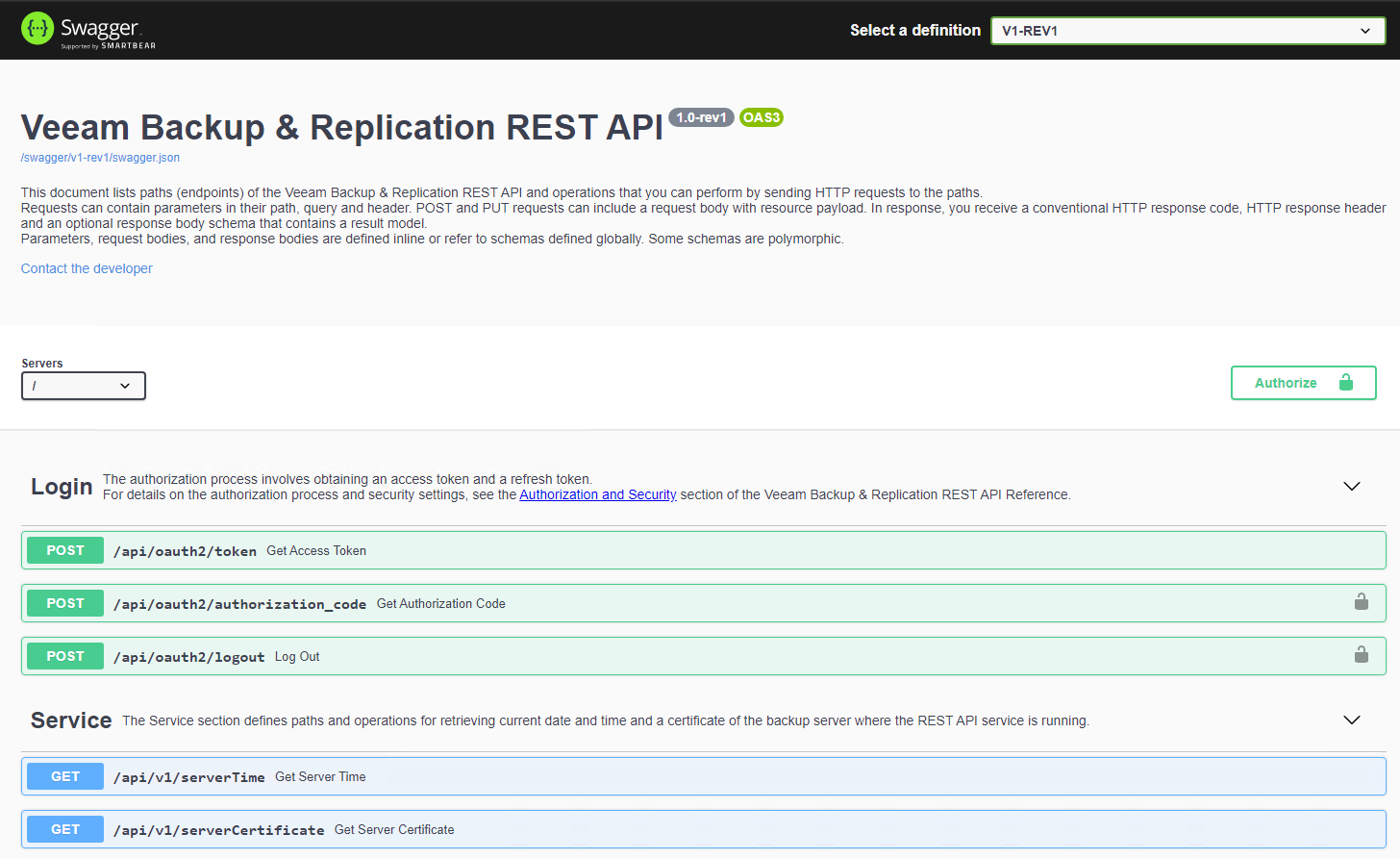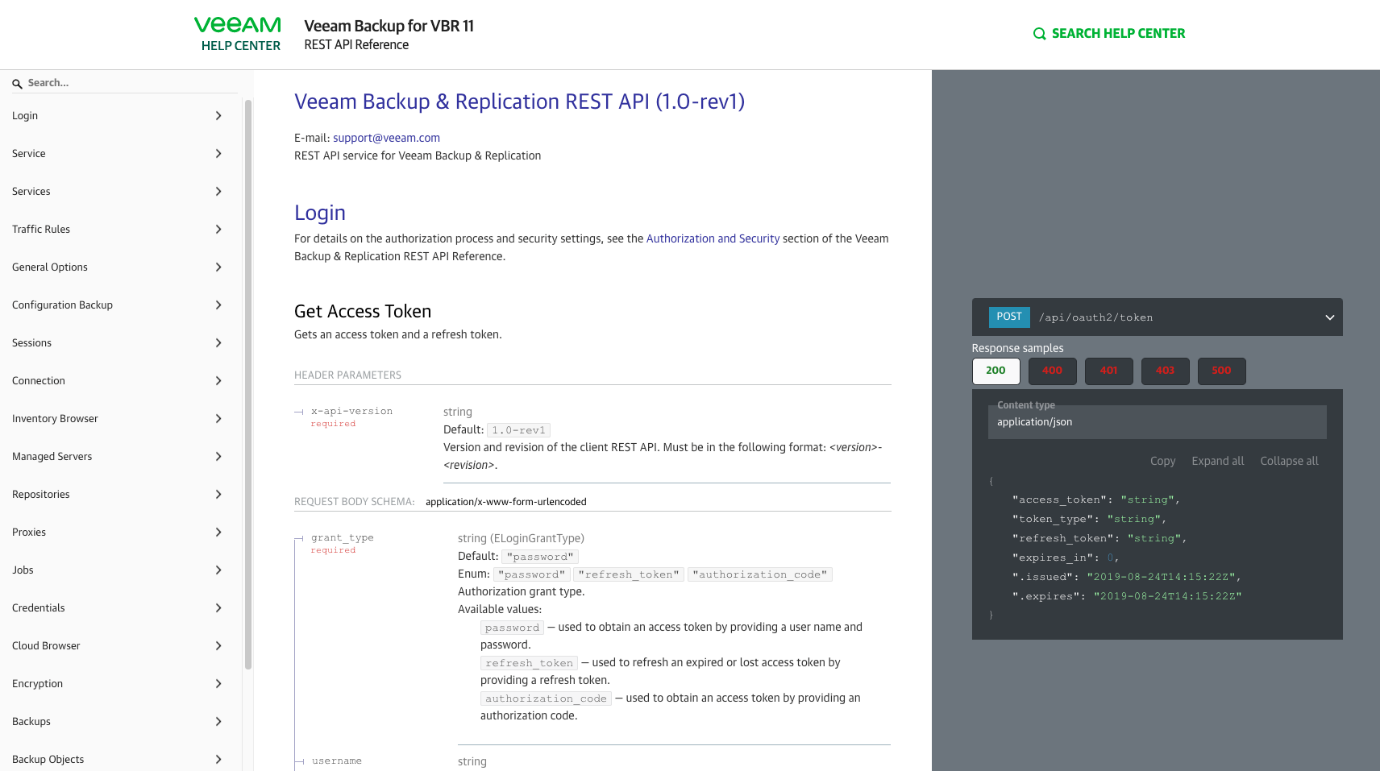Automation and orchestration
The need for infrastructure automation and orchestration in the IT world has grown significantly over the past ten years. Repetitive, mundane and boring tasks are prime candidates for automation, and by automating them, companies can increase efficiency, while reducing costs and human mistakes.
The rise of public clouds and modern, cloud-native infrastructures have also meant that traditional IT operations have had to look at new ways to deploy, configure and manage all areas of their infrastructure…including more traditional, out-of-the-box applications.
Time for an upgrade
Automation and the concept of DevOps have become more mainstream, and even with Veeam having solutions for the automatic deployment, configuration and setup of Veeam components through the Enterprise Manager RESTful API functionality, the need to continue making improvements around those processes has become top of mind for IT organizations.
Historically it has been Veeam Cloud & Service Provider partners who have driven the consumption of the existing Enterprise Manager based RESTful APIs and a number of Enterprise customers also leverage RESTful APIs for basic automation. In both cases our pre-existing PowerShell Snapin (which has also had an upgrade in V11 and is now consumed as a PowerShell Module) has been used to fill some functionality gaps.
While customers were able to manipulate both the existing RESTful API and the PowerShell commandlets, it was time to look towards modernizing the way in which customers and partners consume Veeam Backup & Replication through APIs for automation and orchestration, allowing a more consistent standardization on which they can build their automation platforms.
New modern JSON-based RESTful API in V11
With the release of Veeam Backup & Replication v11, we have unleashed a new modern JSON-based API that is independent from Enterprise Manager and is installed by default with Veeam Backup & Replication. This new API uses and conforms to version 3.0 of the OpenAPI Specification (OAS) and uses JSON as the data format for data interchange.
As a primary release for this new API, we have chosen to include the most commonly used and requested set of endpoints with a complete set of methods. From a programmatical point of view, the initial set of capabilities offered will allow our customers and partners looking to build in repeatable actions to help configure and manager their Veeam Backup & Replication environments.
Bulk import/export, mass deployment and migration
One new section worthy of a specific call out is the automation set of methods and endpoints. With these, you can granularly import and export backup resources, jobs and credentials which can be used for the migration of the Veeam Backup & Replication Server to a new infrastructure or be used in the case of a disaster as a quick way to recover.
There is also the potential here for customers and partners to leverage these methods for the mass deployment of a Veeam infrastructure.
Swagger UI and online references
Interaction with modern RESTful APIs goes beyond the traditional programmatical CLI or Client-based methods. We have added a number of ways to view, discover and interact with the new endpoints and methods. Like other recent Veeam product releases, the new RESTful API is available through a Swagger UI that is accessible via a specific URL and port as shown below:
https://<hostname>:<port>/swagger/ui/index.html
The Swagger UI visually presents API specification and allows you to work with resources. All resources and methods are expandable. When you expand a method, you get a full description of available parameters and an automatically-generated example. You can also send requests and see response messages directly in the Veeam Backup & Replication server.
In addition to this, we also have an online RESTful API Reference Veeam Help Center site which allows for an offline way to learn more about methods and endpoints.
Conclusion
This new RESTful API in V11 has been much anticipated and will be welcomed by our customers and partners already levering our existing APIs while also satisfying community elements of the Veeam ecosystem who live and breathe automation and orchestration. We should start to see some amazing contributions in VeeamHUB (Veeam’s Community GitHub Page) as work begins to extract the value of this new standalone API.
We have also empowered our customers and partners to do more with Veeam in a more efficient, repeatable and safe way, which only benefits them even more and makes the protection of their critical workloads and data even more assured when automating and orchestrating Veeam Backup & Replication.
To learn what method-implemented operations you can perform with Veeam Backup & Replication entities, and how to control and sort the data that the REST API returns, see the REST API Reference.
Please leave the feedback on our R&D forums on what would you like to see covered next to help us prioritize!


